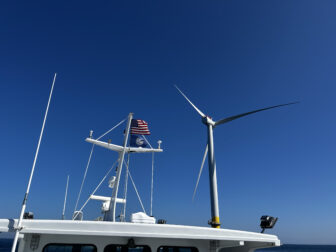
Letter from from Skip Stiles, Wetlands Watch
The federal Chesapeake Bay Program yesterday released a study on climate change impacts on the Chesapeake Bay that summarizes our best estimates of climate change impacts up to 2100. The paper is solid and has undergone complete peer review – and is being issued by the federal government.
The conclusions are sobering. Fully slamming on the brakes in our green house gas emissions gives us a minimum 2.3 foot relative sea level rise by 2100. When Wetlands Watch first warned Governor Kaine about the impacts of sea level rise in a letter to Kaine in May of last year best estimates of sea level rise started at around 1.5 – 2 feet. Every time we take a closer look we unfortunately get higher estimates.
More troubling are the temperature increases predicted – nearly another 2 degrees C. This warming will force major habitat shifts and produce impacts such as the inability of eel grass to survive in much of a warmer Chesapeake Bay.
This is a clear warning call that we need to 1) dramatically reduce emissions and 2) begin adaptation planning today for the sea level rise and other impacts. With the Governor’s Climate Change Commission starting its final work on its report, there is an opportunity to have an impact there. As well, many local governments are undertaking revisions of their comprehensive land use plans – which include consideration of the natural resource base of the locality. Every one of those plans should include consideration of these coming changes.
Skip
—
Skip Stiles
Executive Director
Wetlands Watch





